Properties of Tungsten-Nickel-Iron Alloy
- Details
- Category: Tungsten Information
- Published on Monday, 07 July 2025 10:58
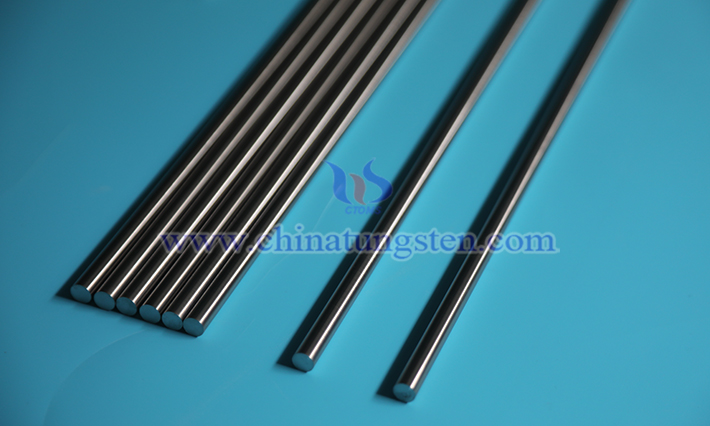
In the expansive realm of materials science, tungsten-nickel-iron alloy garners significant attention for its unique properties and broad applications. As the name suggests, it is an alloy based on tungsten, with nickel and iron added, typically in a nickel-to-iron ratio of 7:3 or 1:1, and tungsten content ranging from 90% to 98%. This composition endows it with a host of exceptional characteristics.
Factors Influencing the Performance of Tungsten-Nickel-Iron Alloy
- Details
- Category: Tungsten Information
- Published on Monday, 07 July 2025 10:47
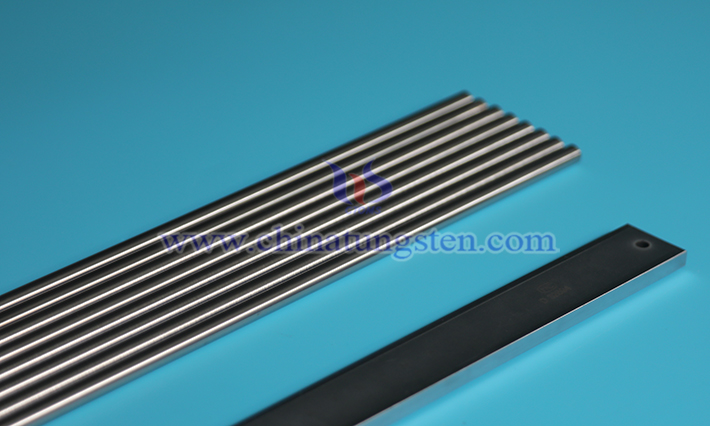
In the vast landscape of modern industry, tungsten-nickel-iron alloy stands out as a multifaceted material due to its unique properties, playing a pivotal role across numerous fields. From high-precision equipment in aerospace to robust tools in oil drilling, from protective components in medical devices to precision parts in the automotive industry, this alloy is ubiquitous.
Production Methods of Tungsten-Nickel-Iron Alloy
- Details
- Category: Tungsten Information
- Published on Friday, 04 July 2025 15:15

Tungsten-nickel-iron alloy, composed of tungsten, nickel, iron, and other elements, features high strength, high hardness, excellent corrosion resistance, and radiation shielding capabilities. It is widely used in aerospace, aviation, military, and electronics fields, such as for manufacturing counterweights, shielding components, and high-temperature structural parts. Common production methods include powder metallurgy, metal injection molding, and chemical co-precipitation.
Chemical Properties of Tungsten-Nickel-Iron Alloy
- Details
- Category: Tungsten Information
- Published on Friday, 04 July 2025 15:13

The physical properties of tungsten-nickel-iron alloy include high strength, good ductility, high hardness, wear resistance, and a low thermal expansion coefficient, while its chemical properties encompass excellent corrosion resistance, high-temperature oxidation resistance, chemical stability, and erosion resistance. These chemical properties arise from the synergistic effects of the constituent elements and the alloy’s microstructural characteristics.
Physical Properties of Tungsten-Nickel-Iron Alloy
- Details
- Category: Tungsten Information
- Published on Friday, 04 July 2025 15:10
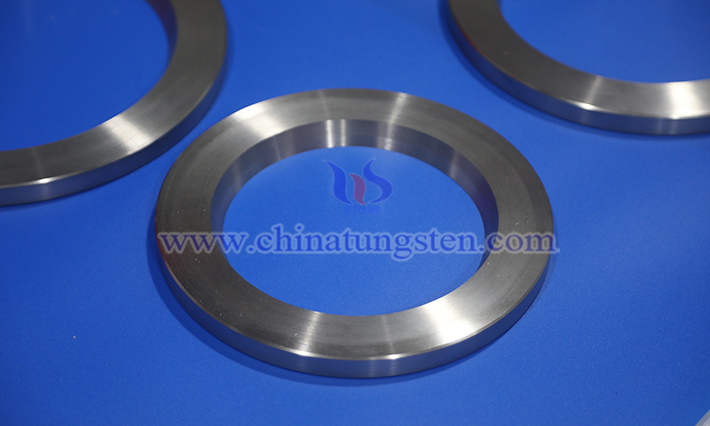
Tungsten-nickel-iron alloy is a material with tungsten as the matrix (typically 90%–98% tungsten content), formed by adding nickel, iron, and other elements. Its physical properties stem from the synergistic effect of tungsten’s high hardness and the toughness of the nickel-iron binder phase, which can be optimized by adjusting composition ratios and preparation processes.
Impact of Density on Tungsten-Nickel-Iron Alloy Applications
- Details
- Category: Tungsten Information
- Published on Friday, 04 July 2025 15:03
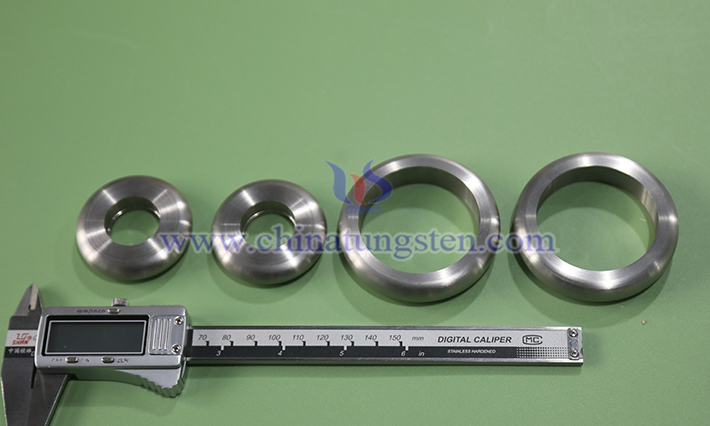
The density of tungsten-nickel-iron alloy, typically ranging from 17.0 to 18.5 g/cm³, is a critical factor influencing its application scenarios. This high-density characteristic profoundly impacts the alloy’s use across functional realization, structural design, and scenario adaptability.
Characteristics of Tungsten-Nickel-Iron Alloy
- Details
- Category: Tungsten Information
- Published on Friday, 04 July 2025 14:53
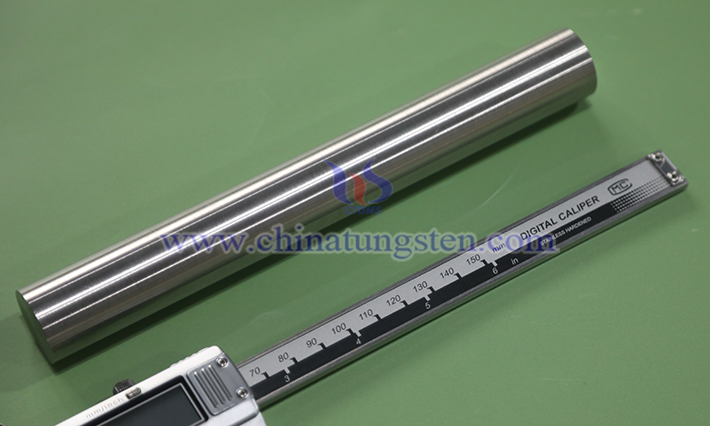
Tungsten-nickel-iron alloy is a high-density alloy with tungsten as the base (typically 80%–98% tungsten content), incorporating nickel, iron, and other elements. It boasts a range of unique physical, chemical, and mechanical properties, finding wide use in aerospace, defense, medical devices, and industrial manufacturing.
Can Chrome Plating on Tungsten Alloy Surfaces Improve Corrosion Resistance?
- Details
- Category: Tungsten Information
- Published on Thursday, 03 July 2025 13:52
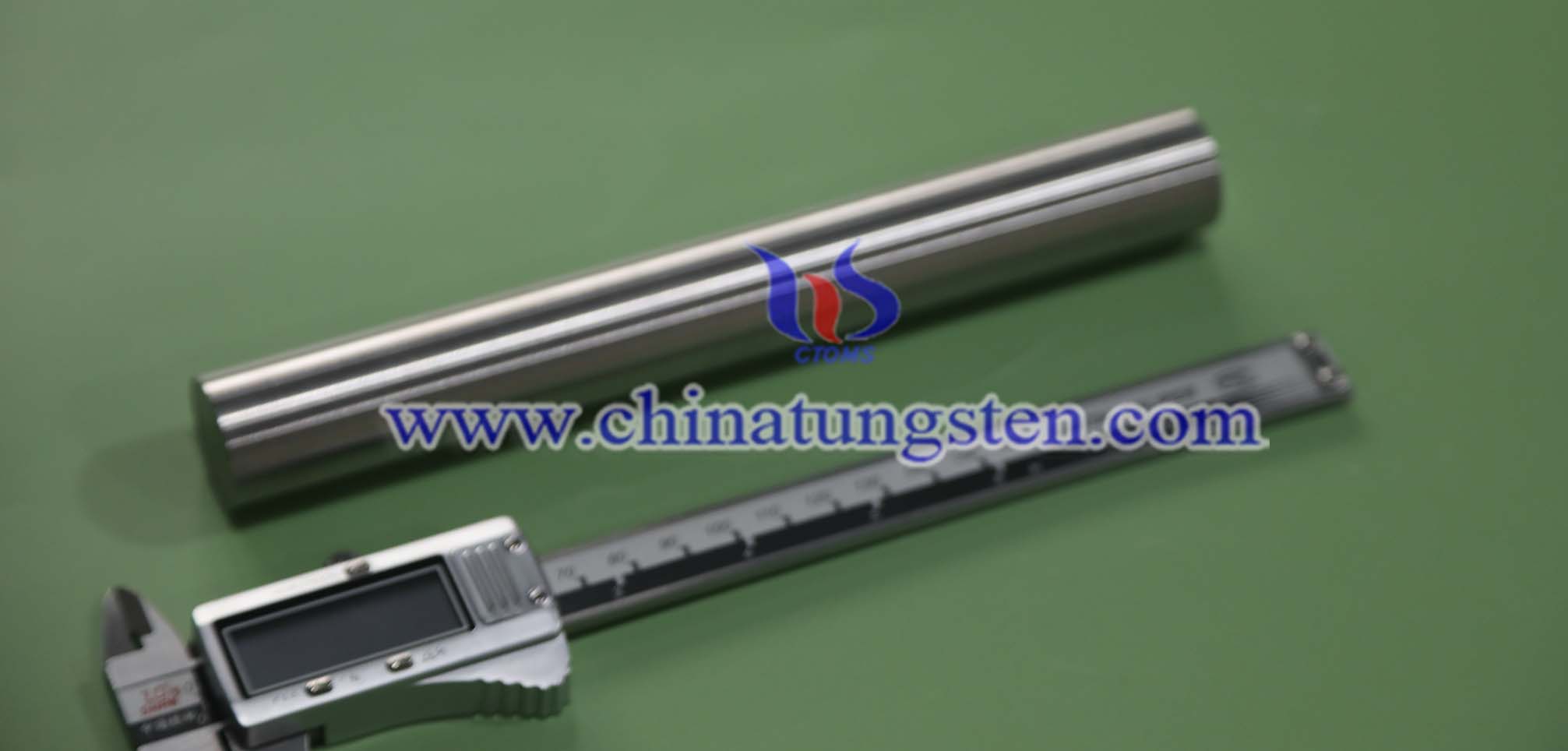
Chrome plating on tungsten alloy surfaces can greatly enhance corrosion resistance. This is a common surface engineering technique used to improve durability and decorative appearance.
1. Basic Principle of Chrome Plating
Chrome plating—primarily referring to hard chrome plating—is an electrochemical process that deposits a dense chromium (Cr) layer on the surface of a metal. This chromium layer features:
- High hardness (HV800~HV1000)
- Excellent wear resistance and low friction coefficient
-
Good chemical stability and oxidation resistance
Applications of Tungsten Alloy Counterweight Blocks in the Automotive Field
- Details
- Category: Tungsten Information
- Published on Thursday, 03 July 2025 11:47
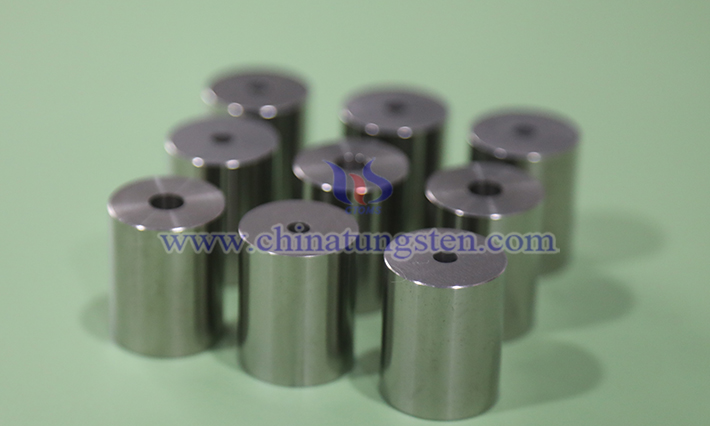
High-density tungsten alloy, a functional material with tungsten as its base (85%–99%) combined with metals like nickel, iron, and copper through powder metallurgy sintering, boasts a density of 16–18.5 g/cm³ along with high strength, wear resistance, and corrosion resistance. In the automotive field, its core advantages as a counterweight block include precise weight adjustment in a small volume, minimizing space usage; strong chemical stability to withstand the high temperatures and humidity of engine compartments; and eco-friendliness, aligning with global automotive industry green standards.
What Is Zinc Tungstate?
- Details
- Category: Tungsten Information
- Published on Thursday, 03 July 2025 11:44
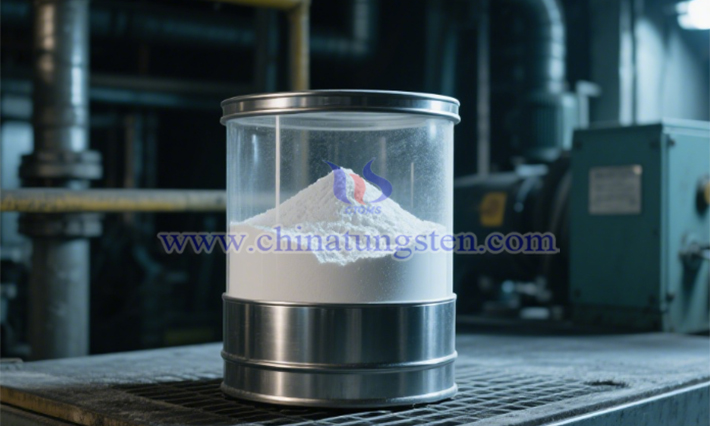
Zinc tungstate (Tungsten Zinc, ZnWO₄), also known as zinc tungsten oxide, belongs to the tungstate family. It is formed by the chemical bonding of palent zinc ions (Zn²⁺) and tungstate ions [(WO₄)²⁻], resulting in a wolframite-type crystal structure. In semiconductor research, its photoelectric properties and catalytic activity offer new possibilities for developing novel optoelectronic devices and environmental purification materials, demonstrating significant application potential in energy and environmental fields.



 sales@chinatungsten.com
sales@chinatungsten.com